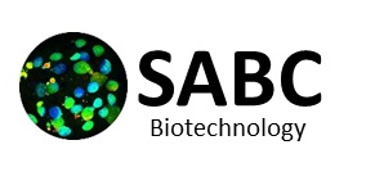

NEWS & EVENTS
INTERNATIONAL SCIENTIFIC SEMINAR ON "DISEASES ASSOCIATED WITH AGENT ORANGE/DIOXIN EXPOSURE IN VIETNAM - CURRENT SITUATION AND SOLUTIONS TO IMPROVE EFFECTIVENESS OF PREVENTION AND TREATMENT"
Monday, 20 December 2021
Identification of biomarkers for dioxin exposure and dioxin-associated cancer susceptibility
Thi My Anh NEILDEZ-NGUYEN1,2, Xuan Nguyen BUI3
1 Centre de Recherche Saint-Antoine, INSERM UMRS 938, Sorbonne Université, Paris, France.
2 EPHE, PSL University, Paris, France.
3 South-East Asian Biotechnology Center, Hanoi, Vietnam.
Sao la cloning
https://www.nature.com/news/2006/060626/full/news060626-1.htm
Science on the solstice 00:00-03:59
Return to Science on the solstice special feature
Return to Science on the solstice special feature
28 June 2006, 01:30 UT, Hanoi, VietnamNguyen Van Hanh, a PhD student, shows Bui Xuan Nguyen some egg cells that have been matured in vitro for 22 hours. Nguyen needs the cells for his attempt to clone the saola (Pseudoryx nghetinhensis), a species of ox that lives only on the Laos-Vietnam border and one of the rarest mammals in the world. The bovine oocytes do not look suitable, but there are some nice swamp-buffalo oocytes with clear polar bodies. Nguyen starts to remove the nuclei from the buffalo egg cells while a colleague prepares some saola cells, readying them for fusion around noon.
21°01' N 105°30' E; 08:30 local time
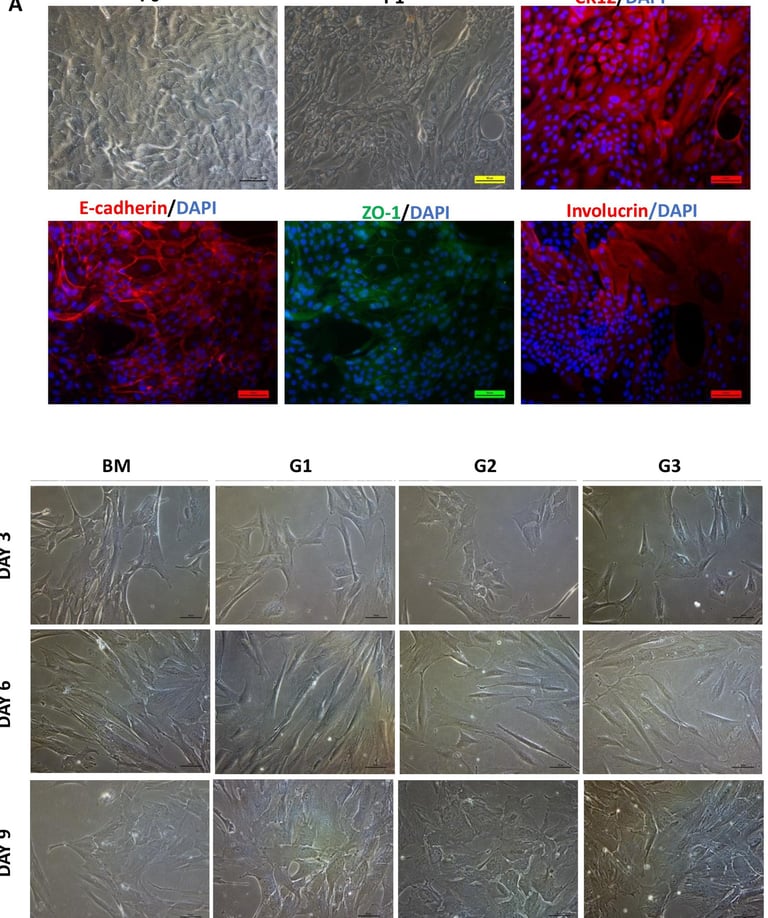

Induction of Corneal Epithelial-like Cells Derived from Human Wharton's Jelly Mesenchymal Stem Cells
Int J Mol Sci. 2022 Mar 12;23(6):3078.
The combination of RA, SB505124, BMP4, and EGF for the first 3 days of differentiation followed by supplementing hormonal epidermal medium for an additional 6 days could generate corneal epithelial-like cells that expressed a CEC specific marker CK12. This study reveals that WJ-MSCs have the potential to transdifferentiate into CECs which would be beneficial for further applications in LSCD treatment therapy.
Stem cells diferentiation
Abstract
Dioxins are environmental pollutants that can accumulate in human tissue through the food chain. Exposure to 2,3,7,8-Tetrachlorodibenzo-para-dioxin (TCDD), the most toxic dioxin, as a contaminant in the defoliant Agent Orange, dumped during the Viet
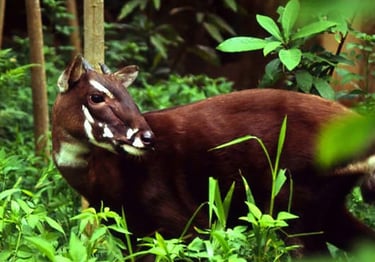

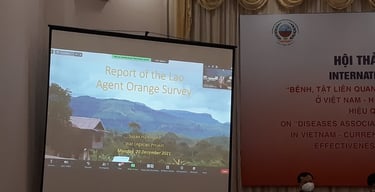

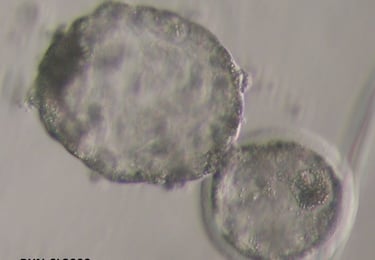
Collaboration and Partnerships
The fight against Saola extinction: there's still time if we act now
The IUCN Species Survival Commission (SSC) has today released a position statement that shows we must act now unless we want to lose Saola forever. It is a call to action for one of the most imperiled mammals on the planet.
The beautiful species lives in the Annamite Mountains of Vietnam and Lao PDR. Much of what is known about the elusive creature comes from local people, a handful of camera trap photos and the few individuals ever held in captivity (all only briefly). Because of the difficulty in detecting the animal, scientists have not been able to make a precise population estimate. Listed as Critically Endangered, the fact that Saola has not had a proven detection since 2013 suggests that it is now very rare.
Saola, Pseudoryx nghetinhensis, a 200 pound (90 kilogram) mammal, was unknown to science until 1992. A team of scientists discovered a skull with unusual horns in the home of a hunter in a remote village in Vietnam. It was the first new large mammal to science in more than 50 years, and an incredibly important discovery. To date, Saola has never been seen in the wild by a biologist.
“We urgently need to coordinate unprecedented levels of detection efforts, foster an open collaboration and bridge the gap between science and conservation if we are to save Saola from extinction,” says Carolina Soto-Navarro, Viet Nam National Coordinator for the IUCN SSC Saola Working Group, an active network of members and implementing partners committed to saving Saola.
© Bill Robichaud
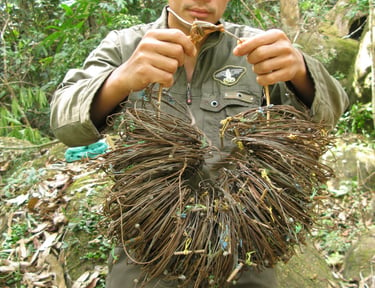
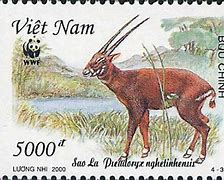
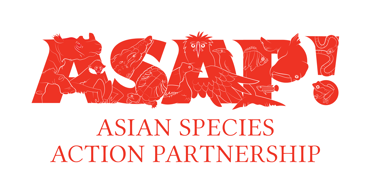
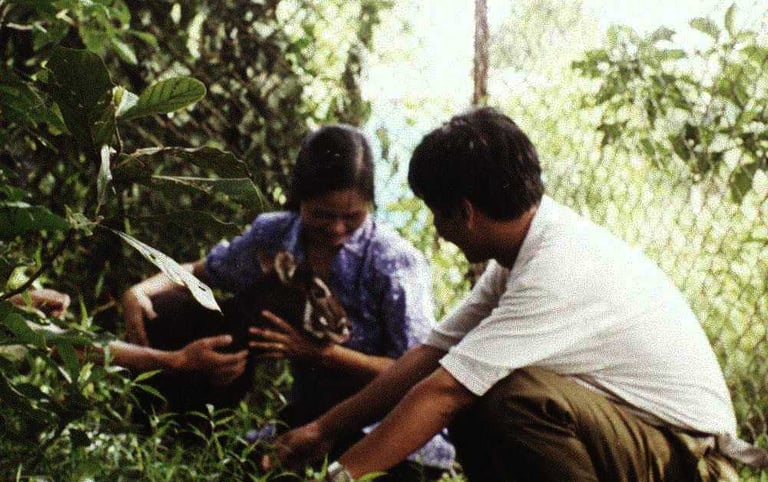

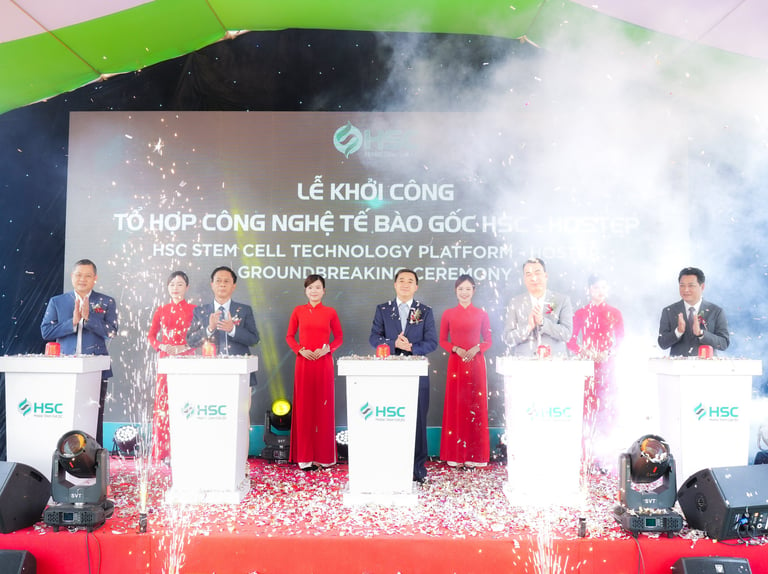

A groundbreaking ceremony for the HSC Stem Cell Technology Platform (HOSTEP) was held at plot no. RD6-3, Research and Development Zone, Hoa Lac Hi-Tech Park,Hanoi, Vietnam on November 7 to mark the start of construction.
The event was organized by Hoa Lac Stem Cell Joint Stock Company (HSC), a pioneer in the field of reproductive biotechnology and stem cell technology in Vietnam. This event marks a significant milestone for HSC in its mission to promote the production and application of advanced stem cell technology to support research and treatment in Vietnam.
Speaking at the event, Dr. Bui Xuan Nguyen, Chairman of HSC, shared that HOSTEP embodies the dedication of the research team and the collaboration between Vietnamese and international partners committed to making stem cell technology a cornerstone of Vietnam’s modern medical systemg the Viet
